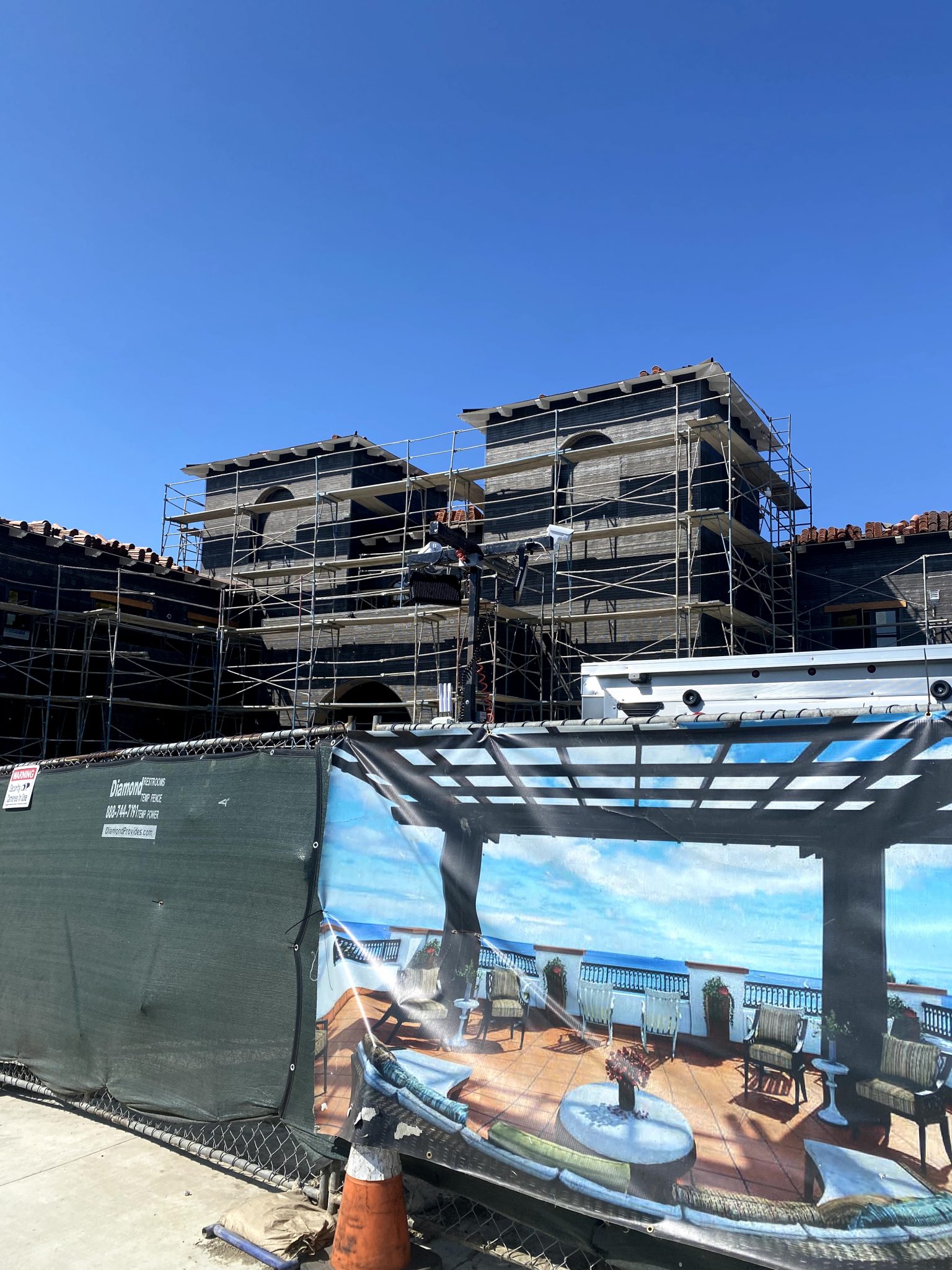
Commercial MEP engineering, which stands for Mechanical, Electrical, and Plumbing engineering, plays a pivotal role in the design and construction of commercial buildings. These professionals are responsible for creating efficient, safe, and sustainable systems that ensure the functionality and comfort of commercial spaces. In this article, we will delve into the world of commercial MEP engineering, exploring its importance, key components, and the latest trends in the field.
The Significance of Commercial MEP Engineering
1. Building Functionality: Commercial MEP engineering focuses on the core systems that make a
building functional. Mechanical systems encompass heating, ventilation, and air conditioning (HVAC),
ensuring occupants are comfortable year-round. Electrical systems provide power for lighting,
equipment, and appliances, while plumbing systems handle water supply and drainage. These critical
functions are vital for the productivity and well-being of occupants.
2. Safety and Compliance: Compliance with local building codes and safety regulations is a non-
negotiable aspect of commercial construction. MEP engineers ensure that the systems they design
adhere to these standards, guaranteeing the safety of both occupants and the building itself.
Properly designed fire protection and alarm systems are just one example of how MEP engineering
contributes to safety.
3. Sustainability and Energy Efficiency: Sustainability is a growing concern in commercial construction.
MEP engineers play a crucial role in designing systems that minimize a building's environmental
impact. Energy-efficient HVAC systems, LED lighting, and water-saving plumbing fixtures are all
examples of how MEP engineering can help reduce a building's carbon footprint and operating costs.
Key Components of Commercial MEP Engineering
1. Mechanical Systems (M):
Mechanical systems encompass HVAC, which controls a building's temperature and air quality. MEP
engineers design HVAC systems that are energy-efficient, environmentally friendly, and tailored to the
specific needs of the commercial space. They consider factors such as building occupancy, insulation, and
local climate to optimize system performance.
2. Electrical Systems (E):
Electrical systems are responsible for distributing power throughout a building. MEP engineers design
electrical layouts, including lighting, power outlets, and emergency backup systems. They also factor in
energy-efficient solutions, such as LED lighting and smart building controls, to reduce energy consumption.
3. Plumbing Systems (P):
Plumbing systems ensure a reliable water supply, efficient drainage, and sanitation. MEP engineers design
plumbing layouts, specifying pipes, fixtures, and water heaters. They also consider water conservation by
incorporating low-flow fixtures and rainwater harvesting systems where applicable.
4. Fire Protection Systems:
Commercial buildings require fire protection systems to safeguard occupants and assets. MEP engineers design fire alarm systems, sprinkler systems, and smoke control systems that comply with local fire codes
and ensure rapid response in case of emergencies.
5. Building Automation and Controls:
Modern commercial buildings often feature sophisticated building automation systems. MEP engineers
design and integrate these systems to monitor and control various building functions, including HVAC,
lighting, security, and access control. This automation enhances energy efficiency and occupant comfort.
Latest Trends in Commercial MEP Engineering
1. Sustainable Design:
The sustainability trend in commercial MEP engineering continues to grow. Engineers are increasingly
incorporating renewable energy sources like solar panels, geothermal heat pumps, and advanced energy
storage solutions into their designs. Additionally, building designs now emphasize natural ventilation and
daylighting to reduce energy consumption further.
2. Smart Buildings:
The rise of the Internet of Things (IoT) has led to the development of smart buildings. MEP engineers are
integrating sensors, controls, and data analytics into building systems to optimize performance and enhance
occupant experience. Smart HVAC systems, lighting, and security are becoming standard features in modern
commercial spaces
.
3. Energy Modeling and Simulation:
To meet stringent energy efficiency goals, MEP engineers are using advanced modeling and simulation tools
to predict a building's energy performance accurately. This enables them to fine-tune system designs for
optimal energy use and cost savings.
4. Health and Wellness Considerations:
The COVID-19 pandemic has heightened awareness of indoor air quality and occupant health. MEP
engineers are now prioritizing designs that improve indoor air quality through advanced filtration,
ventilation, and humidity control systems. These measures contribute to healthier and more comfortable
indoor environments.
Conclusion
Commercial MEP engineering is an indispensable part of modern commercial construction, ensuring that
buildings are functional, safe, and sustainable. MEP engineers work on mechanical, electrical, and plumbing
systems, as well as fire protection and automation controls, to create efficient and environmentally friendly
spaces. With the ongoing trends in sustainability, smart buildings, energy modeling, and health-focused
design, MEP engineering continues to evolve, shaping the future of commercial construction for the better.

























